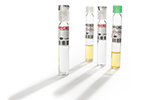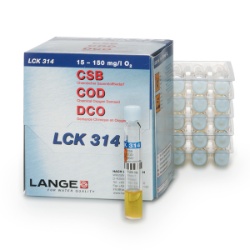What is Chemical Oxygen Demand (COD)?
Chemical oxygen demand (COD) is the amount of dissolved oxygen that must be present in water to oxidize chemical organic materials, like petroleum. COD is used to gauge the short-term impact wastewater effluents will have on the oxygen levels of receiving waters.
COD versus BOD
Like COD, biochemical oxygen demand (BOD) measurement can be used to estimate the amount of pollution in a water sample. COD describes the amount of oxygen required to chemically break down pollutants, while BOD indicates the amount of oxygen required to breakdown organic pollutants biologically with microorganisms.
There is a correlation between COD and BOD, however, it must be experimentally established before using one parameter to express another. Usually COD analysis (which is a much faster and more accurate method) is used to estimate BOD using the established correlation.
Why Measure Chemical Oxygen Demand (COD)?
When treated wastewater is discharged into the environment, it can introduce pollution in the form of organic content to receiving waters. High levels of wastewater COD indicate concentrations of organics that can deplete dissolved oxygen in the water, leading to negative environmental and regulatory consequences. To help determine the impact and ultimately limit the amount of organic pollution in water, oxygen demand is an essential measurement.
At Hach ®, find the testing equipment, resources, training and software for COD measurement and management during water treatment.
Featured Products to Measure Chemical Oxygen Demand








